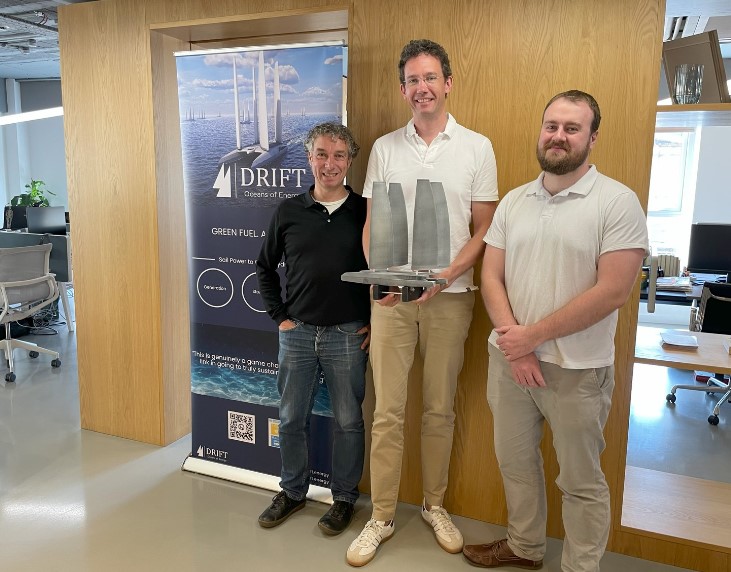British startup DRIFT Energy recently secured £4.65 million in seed funding, led by Octopus Ventures and supported by Blue Action Accelerator. The funding aims to enable the company to build its first vessel designed to produce green hydrogen at sea.
DRIFT Energy’s model involves using high-performance sailing vessels to produce green hydrogen via electrolysis, powered by deep ocean wind. This idea, while conceptually appealing, faces significant technical and logistical hurdles.
The primary challenge lies in the complexity of producing hydrogen at sea. Electrolysis, the process of splitting water into hydrogen and oxygen using electricity, requires a stable and substantial power source. While offshore wind is a promising renewable energy source, the variability and intensity of deep ocean conditions could complicate the consistent operation of such a system. Additionally, the storage and transportation of hydrogen from the production site to the end user introduce further layers of complexity.
When compared to established green hydrogen projects, such as those leveraging offshore wind farms connected directly to onshore electrolysis facilities, DRIFT’s approach appears more experimental. The company’s vision, though ambitious, may require significant advancements in maritime technology and logistics before it can be considered a viable solution for large-scale green hydrogen production.
The £4.65 million in seed funding is a significant milestone for DRIFT Energy, providing the financial resources needed to begin the design and construction of their first vessel. However, when measured against the capital-intensive nature of renewable energy projects, this amount is relatively modest. Large-scale green hydrogen initiatives often require investments in the range of hundreds of millions of dollars to develop the necessary infrastructure and technology.
Moreover, the success of DRIFT’s initiative will likely depend on its ability to secure additional funding as the project progresses. The transition from a single prototype to a full fleet of operational vessels capable of making a meaningful impact on global energy markets will necessitate substantial ongoing investment. The financial sustainability of such a venture remains uncertain, particularly in a sector where cost-efficiency is critical.
DRIFT Energy’s project must be evaluated within the broader context of the green hydrogen industry. The company faces competition from more established players who are already developing large-scale hydrogen production facilities powered by onshore and offshore renewable energy sources. These projects benefit from economies of scale and are often integrated into existing energy infrastructures, providing them with a competitive advantage.
In contrast, DRIFT’s mobile, ocean-based approach introduces additional challenges related to the operational reliability of vessels in harsh marine environments, as well as the logistics of hydrogen transport. While the idea of producing hydrogen at sea is intriguing, it remains to be seen whether this approach can compete with more traditional methods in terms of cost, scalability, and efficiency.
